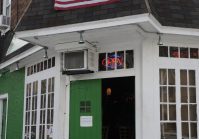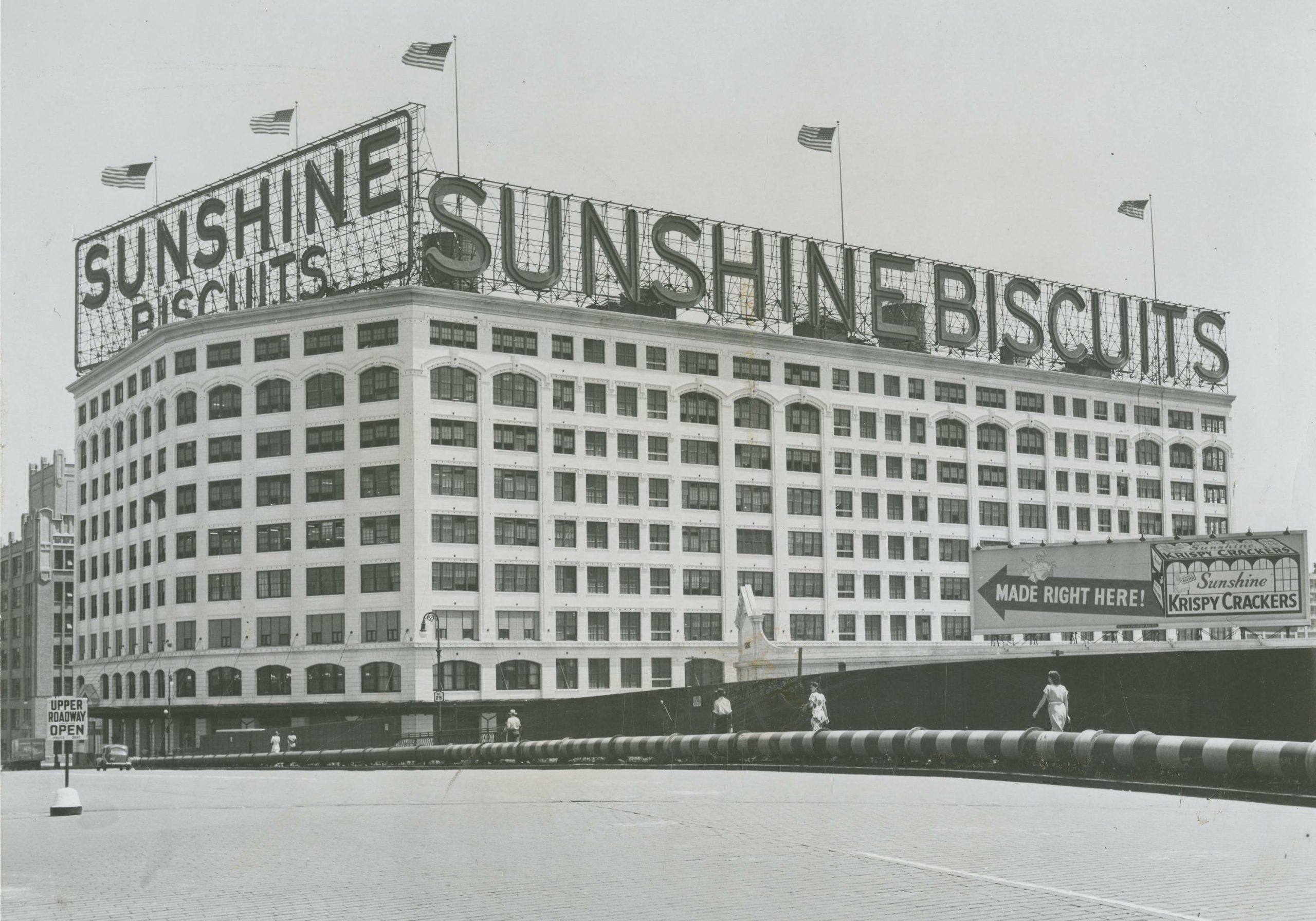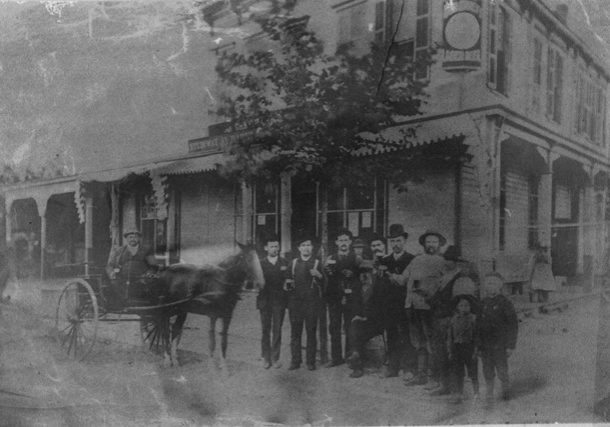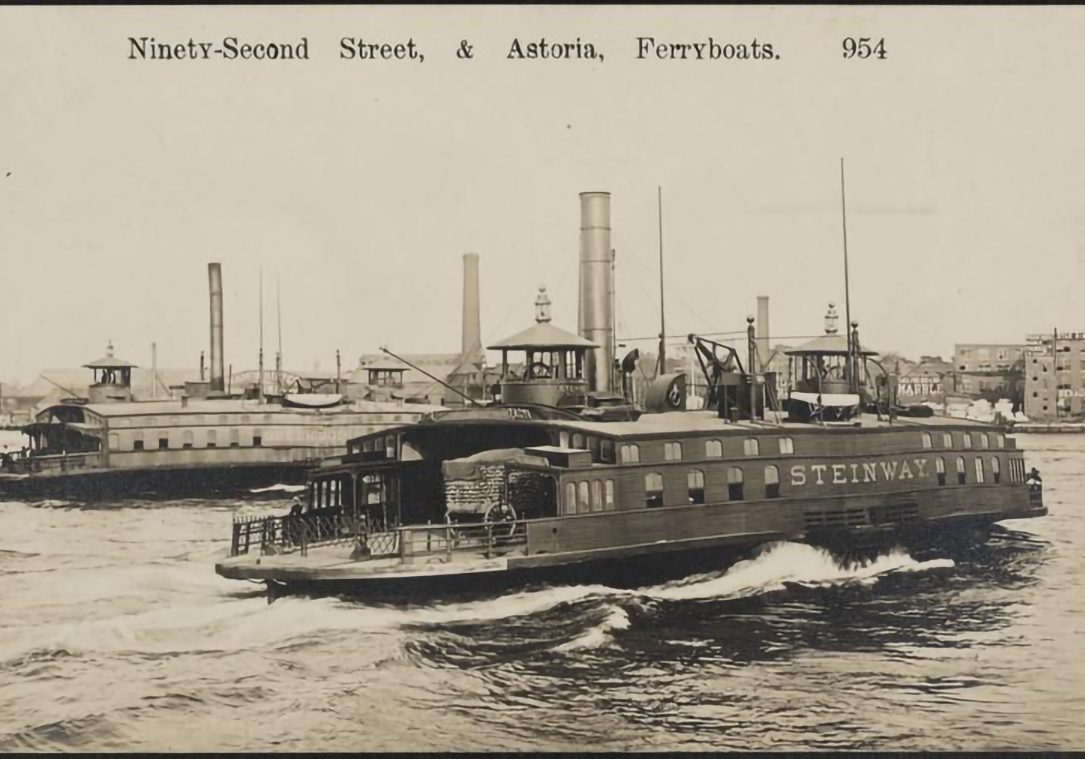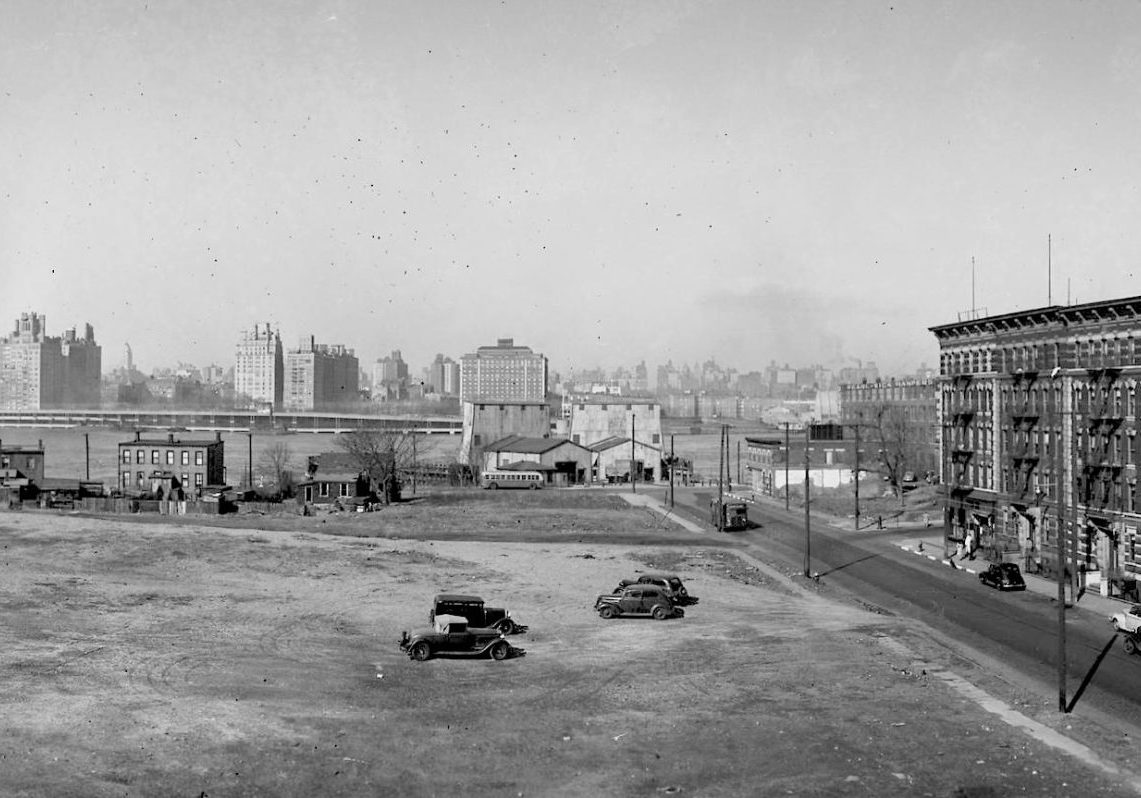Astoria Lights The Way!
The Story of a Lighthouse
One of the top attractions in Astoria is the waterfront at Astoria Park. Visitors to the area marvel at the majestic spans of the Hell Gate and Triborough Bridges and are mesmerized by the fast flowing waters of the East River. It is this stretch of river, the infamous “Hell Gate,” which has caused the wreckage of many ships and has taken the lives of many seafarers over the centuries.
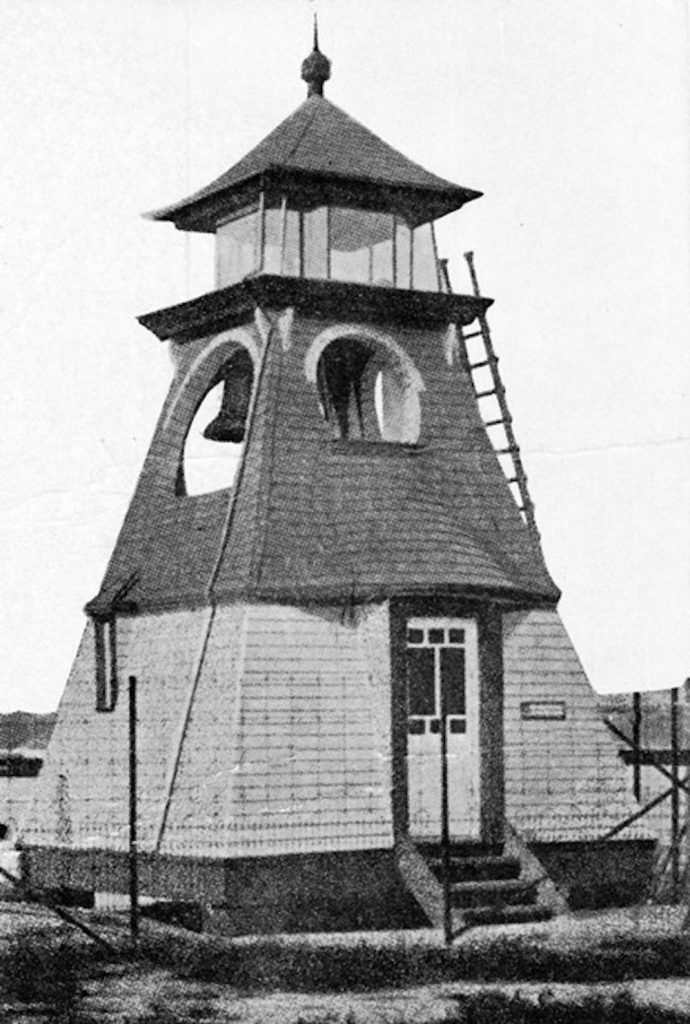
And so, it was 1888, the year of the Great Blizzard, that a lighthouse was built a decade after the establishment of Blackwell Island (today’s Roosevelt Island) lighthouse. The Lighthouse Board was authorized by congress to establish an electric light on Hallet’s Point, to help guide mariners through Hell Gate, which runs between Wards Island in The Bronx and Queens. The name “Hell Gate” is an Anglicization of the Dutch word “hellegat,” meaning a “bright strait or passage” or “clear opening.” Prior to the establishment of the lighthouse, mariners were forced to anchor until daylight rather than attempt to pass through the narrow and difficult channel with its treacherous rapids beneath which hid numerous jagged rocks. The structure was 255-feet-tall, built at a cost of $20,000 and included an electric light that was described by the New York Times as “the most powerful light that has ever been put in a lighthouse.” The facility was completed by February 15, 1889.
Located between 26th Avenue and 2nd Street, the lighthouse, also according to the Times, “completely illuminated Hell Gate channel, furnishing a light as strong and as useful certainly as moonlight, and sufficient to enable even sailing vessels to go through the gate in safety.”
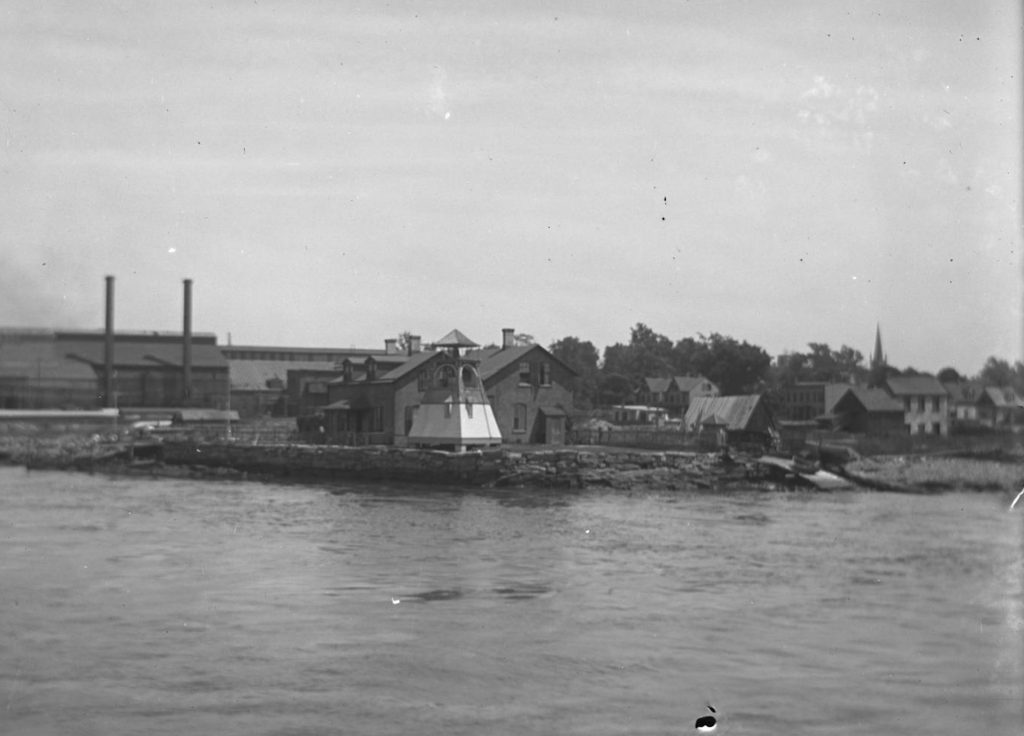
The Brush-Swan Electric company installed Porter-Allen steam engines in a brick building behind the lighthouse to supply the electricity for nine, 6,000-candlepower lights atop the tower. Daniel W. Fox was hired as the first lighthouse keeper and was paid an annual salary of $1,000. The Hell Gate Light Post at Hallets Point, as it was known, was improved upon many times, and on December 31, 1892, the bright light was changed from a steady fixed white to an alternating red and white light every three-seconds. A foghorn was also installed.
The lighthouse was torn down during the second World War and is today the site of Whitey Ford Field.

